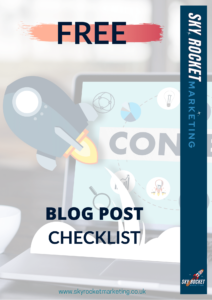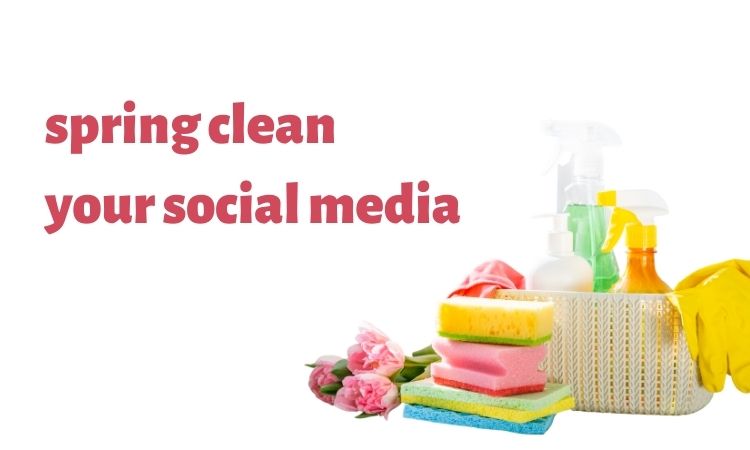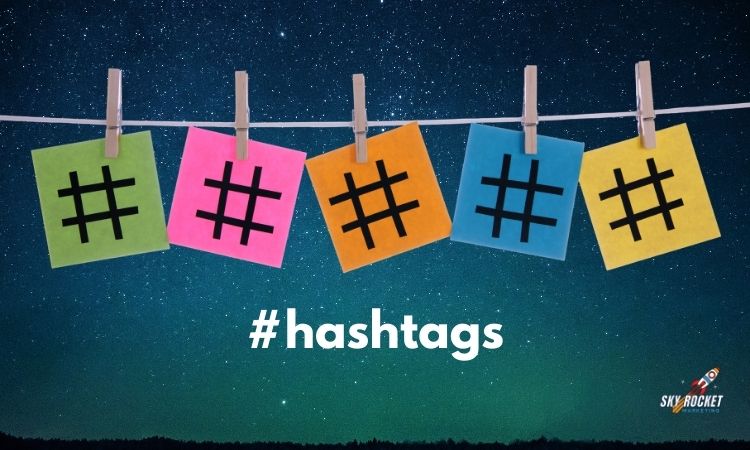Dec
5 Things You NEED to Know for GREAT Blog Posts

Whatever your business, a blog is a great way to engage with your customers, establish yourself as an expert in your field and boost your website’s SEO – eg. bring people to your website. Does that sound good?
Here are 5 things we recommend including in each of your blogs:
1. Clear & Engaging Title
This may seem obvious, but a good blog post title is so important for your post’s overall success that it’s really the best place to start when sitting down to plan your blog.
A strong title not only encourages people to read your post when they come across it (whether on your site, email marketing, or elsewhere), but it also helps to put your content in front of the people who most want to see it—yes, we’re talking SEO (search engine optimization).
Well-crafted blog post titles will perform better with search engines than weak titles… and if you have a great post, we want to give people the chance to see it and read it!
We recommend using CoSchedule’s free Headline Analyzer to try out a few different post titles to see which might work best for describing your blog post content, engaging your target audience, and maximizing your traffic and search results ranking.
Try not to focus on the answers to your viewers questions but give them just enough to want to click through.
2. Blog Post Excerpt
You will want to fill out your blog posts excerpt metadata section for each blog you publish. This is the little summary that appears in google below the link encouraging people to click. It is important for SEO and helping your post get seen by the right people.
Focus on summarising your posts, using keywords and enticing viewers to click and read more.
Try not to focus on the answers to your viewers questions but give them just enough to want to click through.
3. Blog Categories & Tabs
They don’t seem important if you are not displaying blogs on your website by category but they are still important in a number of ways.
Firstly, it’s good for your SEO by giving search engines a guide to topics and keywords in your post.
Secondly, it can be useful for people searching your site for specific content to look through your archive and find content related to their interests.
Remember it’s hard to get people to your blog or website, so once they are there you want to keep them as long as possible, reading and engaging with your content.
4. Blog Post URL
Blog posts are often set up to automatically include the date of publishing in the url blog post title.
You probably don’t want to include this date in the url, if the post is evergreen content it makes it look like it may be outdated. You probably want to continue to update your post with new information to keep it fresh. It also makes the URL really long and less user friendly.
So instead think about customising the url in your blog posts.
If you use WordPress you can edit your permalink just below the blog title as below:

To remove the date from all your posts, from your WordPress admin choose settings and then permalinks and there are several self explanatory options to make your changes.
5. Promote other content from your site.
It’s hard enough to get people on your site anyway so once they are there you want to keep them engaged and interested.
So it’s a great idea to promote other content you’ve created. Don’t forget to include a hyperlink so it is easy for your readers to click through.
Alternatively, you can create a ‘Related Posts’ reel on your page so that the reader can easily access more content within your site.
GET YOUR FREE BLOG CHECKLIST
Complete your details to subscribe to our newsletter and get all the latest information on marketing your business online.

CHECK OUT OUR OTHER BLOGS.















Sorry, the comment form is closed at this time.